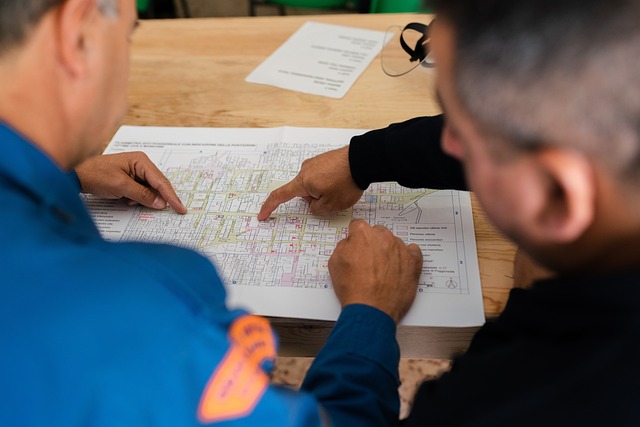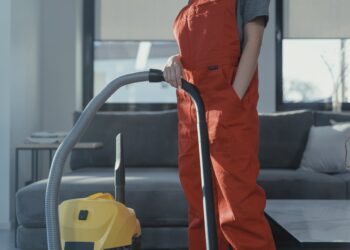Elevator systems are crucial to modern infrastructure, providing convenient and efficient transportation within buildings. However, their safety can be compromised during extreme weather events like hurricanes. For facility managers and building owners, understanding how to safeguard these systems is vital to prevent damage and ensure continued operation. This blog post aims to provide practical tips, valuable insights, and essential steps to protect your elevator systems during hurricane season.
The Importance of Elevator Safety During Hurricanes
Hurricanes bring strong winds, heavy rains, and potential flooding, which can spell disaster for elevator systems. Electrical malfunctions, water damage, and other issues can arise if proper precautions are not taken. By preparing in advance, you can minimize risks and ensure that your elevators remain functional and safe during and after a storm.
Assess Your Elevator System’s Vulnerability
Before hurricane season begins, take time to evaluate the vulnerability of your elevator systems. Look at the location of your equipment, especially if your building is in a flood-prone area. Understanding the specific risks your elevators face will help you create a more effective preparedness plan.
Inspect and Maintain Regularly
Routine inspection and maintenance of your elevator systems are crucial. Regularly check for any wear and tear, and ensure that all components are in good working order. Addressing small issues before they escalate can prevent major problems during a hurricane.
Backup Power Supply
One of the most critical aspects of elevator safety during hurricanes is having a reliable backup power supply. Ensure that generators are available and functional and that they have the capacity to support your elevator systems. This will allow safe evacuation and prevent entrapments during power outages.
Waterproofing Measures
Implementing waterproofing measures can greatly reduce the risk of water damage to your elevator systems. This includes sealing any openings around elevator shafts and ensuring that machine rooms are protected from flooding. Proper waterproofing can shield electrical components from moisture and prevent costly repairs.
Elevate Control Panels and Equipment
If possible, elevate control panels and other critical equipment above potential flood levels. This added height can protect essential systems from water damage, ensuring that your elevators remain operational even if areas of your building become flooded.
Make Sure All Openings Are Sealed
During hurricanes, water can find its way through the smallest of gaps. It’s crucial to seal any openings around your elevator systems to prevent water from seeping in. This includes checking door seals, shaft openings, and machine room entrances. Proper sealing can prevent water damage and maintain the integrity of your elevator systems.
Communication and Evacuation Plans
Develop clear communication and evacuation plans that include protocols for elevator use during hurricanes. Ensure that building occupants are aware of these plans and know the safest routes for evacuation. Clear communication can prevent panic and ensure orderly evacuations.
Training for Staff
Train your maintenance and security staff on emergency procedures related to elevator safety during hurricanes. They should be familiar with operating backup power supplies, handling water intrusion, and safely evacuating passengers if necessary. Well-trained staff can make a significant difference in ensuring safety.
Monitoring Weather Conditions

Stay informed about weather conditions and forecasts. Monitoring weather updates will allow you to activate your preparedness plan promptly and take necessary actions in anticipation of a hurricane. Being proactive can help you stay ahead of potential issues.
Regular Drills and Mock Scenarios
Conduct regular drills and mock scenarios to test your preparedness and the effectiveness of your plans. This practice allows you to identify any weaknesses in your approach and make improvements. Regular drills ensure that everyone knows their roles and responsibilities.
Post-Storm Inspections
After a hurricane has passed, conduct thorough inspections of your elevator systems. Check for any signs of damage, water intrusion, or electrical issues. Address any problems immediately to ensure that your elevators are safe and functional.
Partner with Professionals
Consider partnering with professional elevator maintenance companies for expert advice and assistance. These professionals can provide specialized knowledge and support, ensuring that your elevator systems are as prepared as possible for hurricane conditions.
Invest in Advanced Systems
Investing in advanced home elevator systems with built-in safety features can enhance preparedness. Modern elevators come with features like water sensors, which can detect and alert you to potential water damage before it becomes a significant issue.
Preparing your elevator systems for hurricane season is crucial to overall building safety. By taking proactive steps, such as regular maintenance, waterproofing, and having a robust emergency plan, you can significantly reduce the risks associated with hurricanes. Remember, protecting your elevators is not just about preserving equipment; it’s about ensuring the safety and well-being of everyone who relies on them. For more personalized advice and assistance, consider booking a consultation with one of our experts who can guide you through the process and help you implement the best practices for elevator safety.







